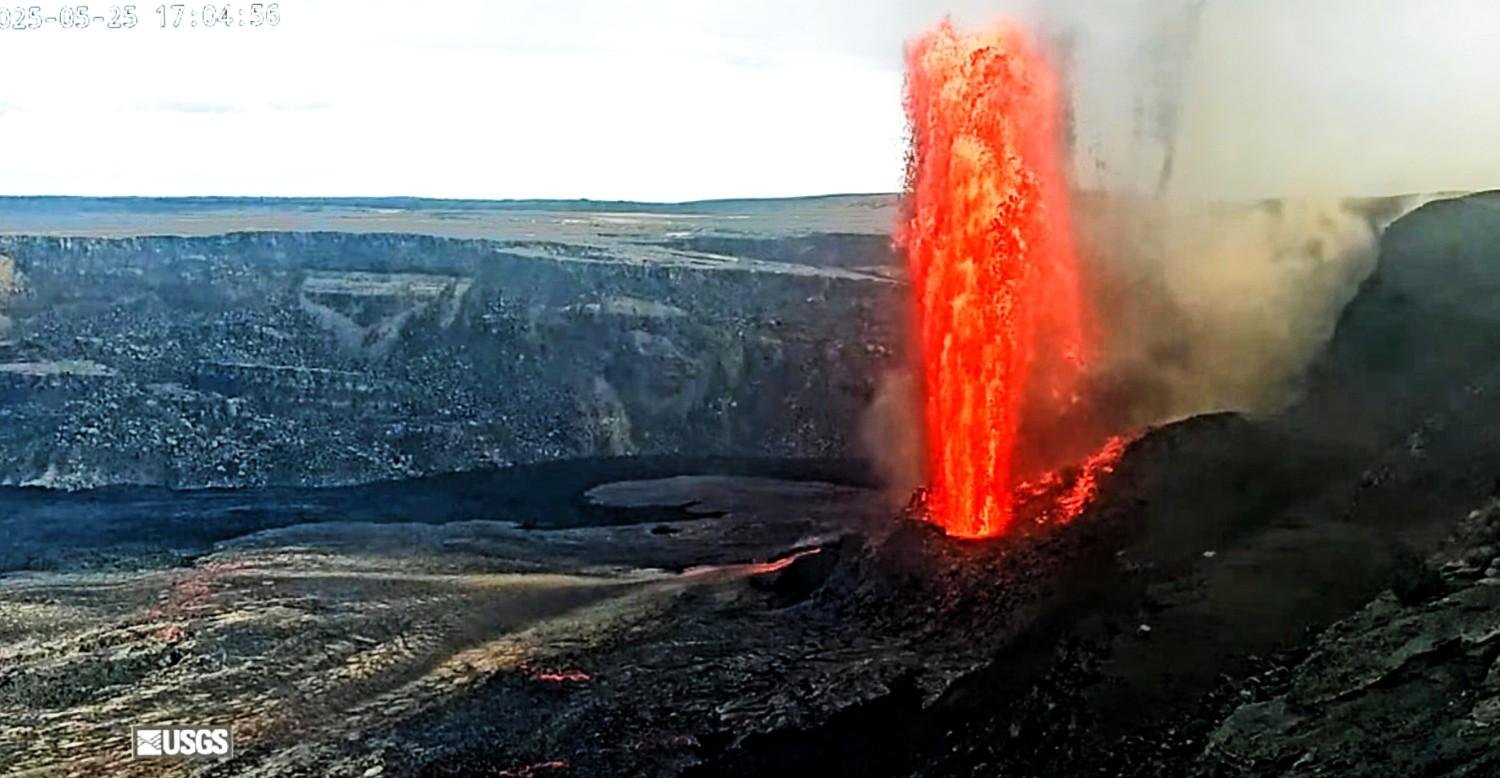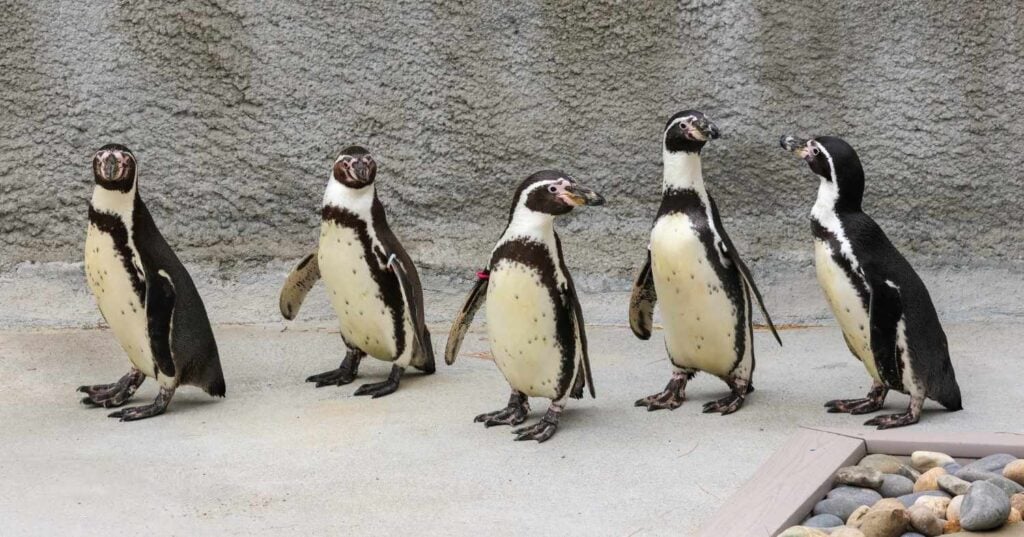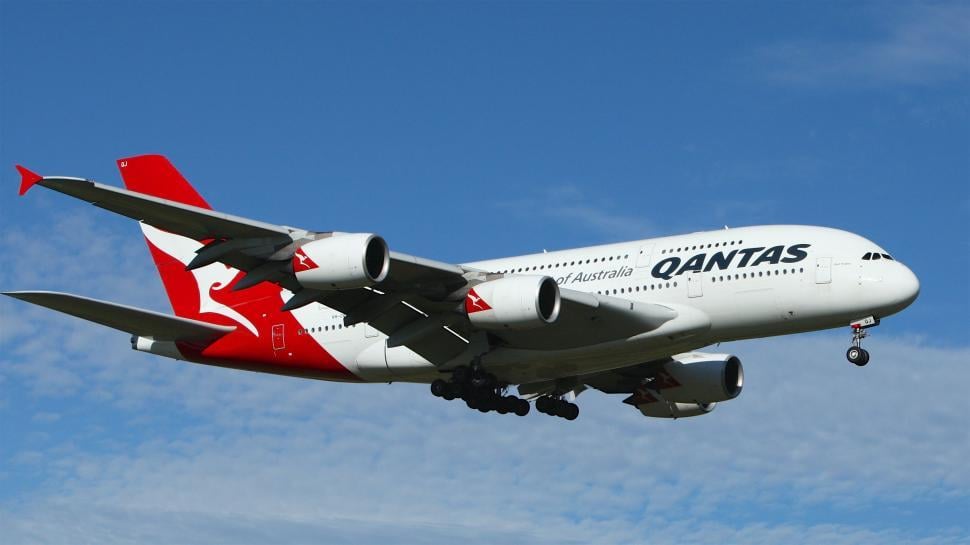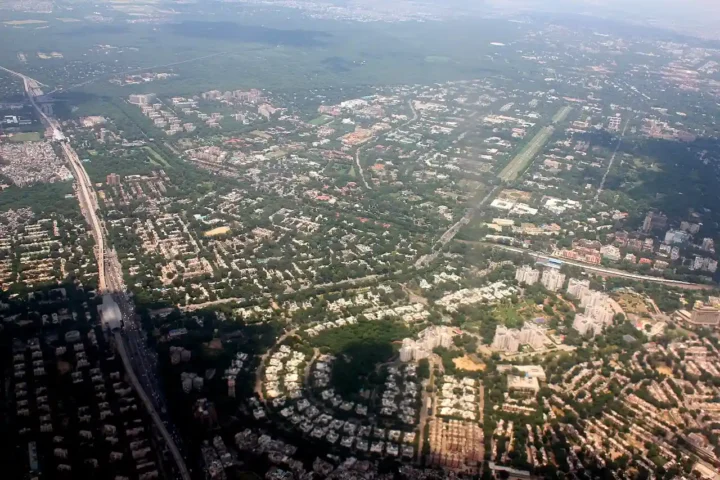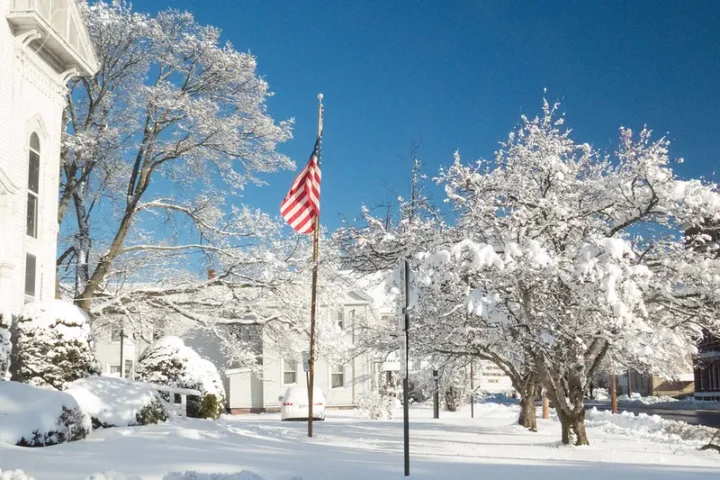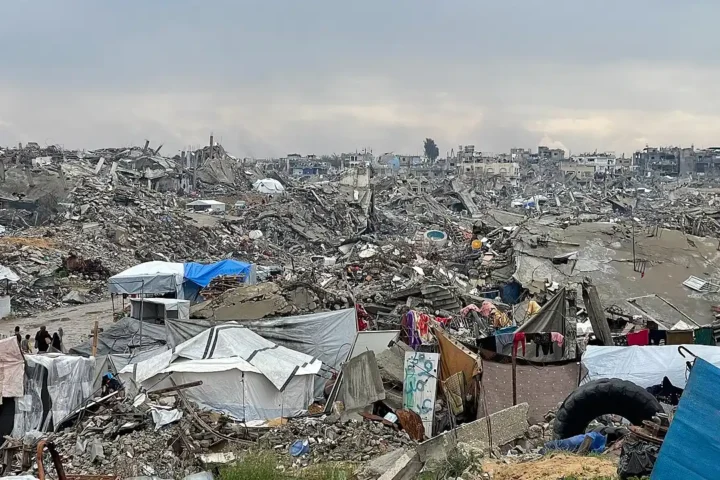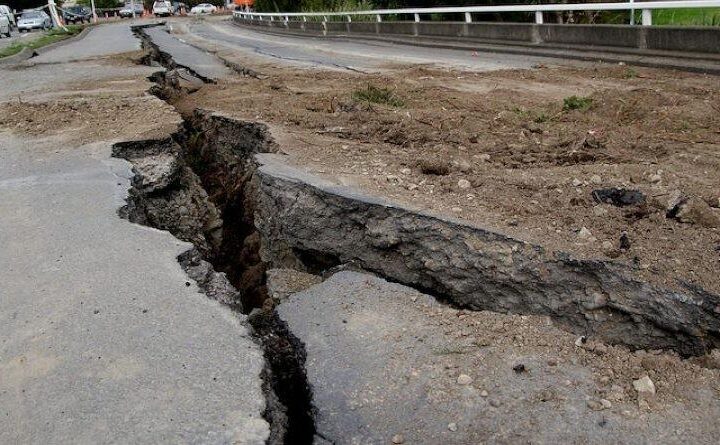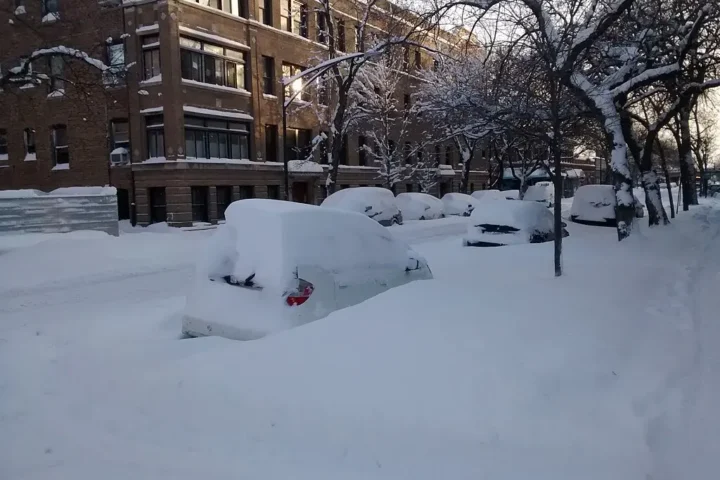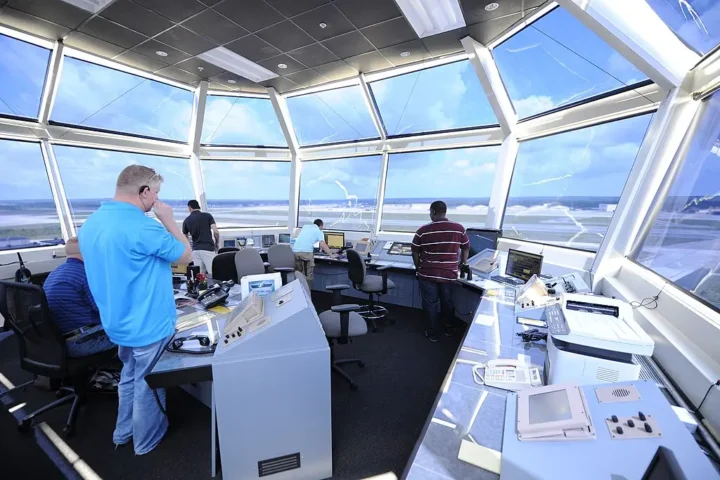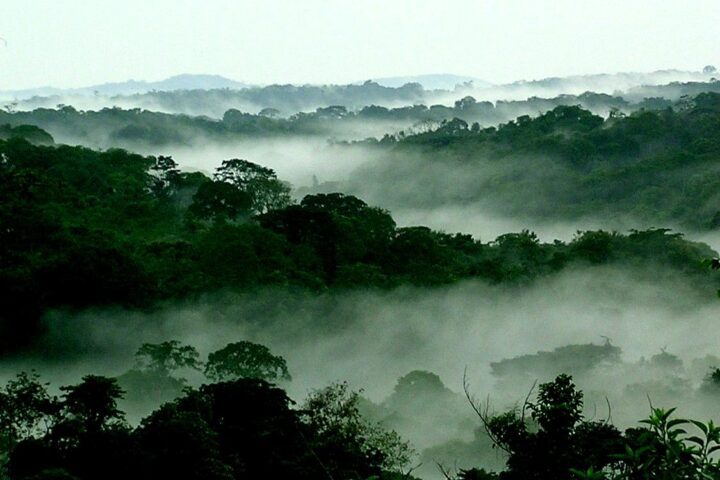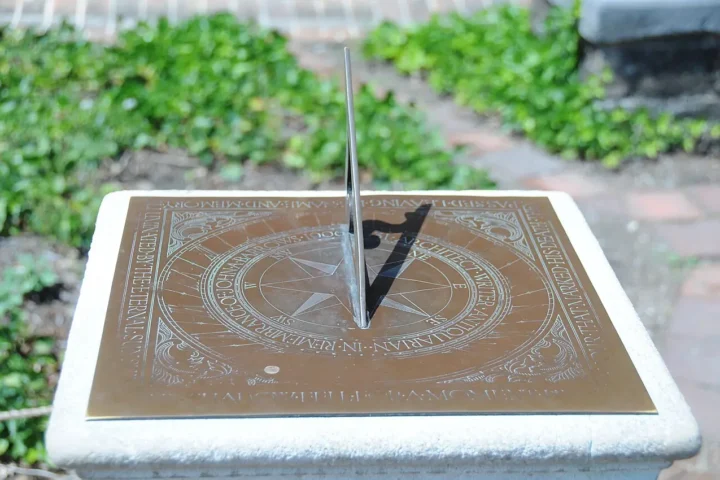Hawaii’s Kilauea volcano put on a spectacular show on May 25, 2025, shooting lava fountains more than 1,000 feet into the air during its most dramatic eruption in months. This marked the 23rd episode in an ongoing series of eruptions that began on December 23, 2024.
The eruption started around 4:15 p.m. local time when thin jets of lava emerged from the north vent in Halemaʻumaʻu Crater. Within just 30 minutes, these jets transformed into towering fountains reaching heights of over 1,000 feet. The south vent joined in at 5:20 p.m., with its own impressive fountains reaching about 800 feet high.
“Straight out of a movie is the only way I can describe it,” said Harlan Petrowski, a former Big Island resident who witnessed the eruption. “Being able to see that is a great reminder of how special this place is.”
The six-hour eruption ended around 10:25 p.m., with the north vent stopping first at 9:48 p.m. During this brief but intense period, lava flows covered about half of Halemaʻumaʻu crater floor, though they remained contained within Hawaii Volcanoes National Park and posed no threat to residential areas.
Scientific Measurements and Monitoring
Scientists at the U.S. Geological Survey’s Hawaiian Volcano Observatory (HVO) closely tracked the eruption. Their instruments detected changes in the volcano’s behavior during the days leading up to the event, including low-level spattering and flames within the vents.
The eruption coincided with a rapid shift from inflation to deflation at the summit, as measured by tiltmeters. These instruments recorded deflation rates exceeding 2 microradians per hour during the peak fountaining activity. In total, the Uēkahuna tiltmeter recorded about 13 microradians of deflation during the episode.
Similar Posts
Seismic tremor—continuous ground vibration associated with moving magma—intensified significantly as the lava fountains grew in size. Sulfur dioxide emissions also spiked dramatically, estimated at 50,000-75,000 tonnes per day during the eruption, compared to just 1,200 tonnes per day during quiet periods.
The volcanic plume, laden with ash and volcanic glass fragments known as Pele’s hair, reached heights of at least 5,000 feet, with some estimates suggesting it reached over 14,000 feet based on webcam images from Mauna Loa summit.
Public Response
The eruption drew crowds of spectators eager to witness the rare display. Parking lots filled quickly, and people sprinted to viewing areas.
“Everyone was hugging each other, I was hugging strangers, people were crying, singing songs, FaceTiming families across the world,” said Kurry Wong, who had been camping at the park. “A lot of people were just paralyzed staring at the most beautiful thing you’ve ever seen.”
Justin Hirako, a Waimea resident, had been visiting the park for several days hoping to catch an eruption. “I never expected we would get such an amazing show from Kilauea, but it was a phenomenal experience,” he said.
Health and Safety Concerns
Despite its contained nature, the eruption presented several hazards. High levels of volcanic gas, particularly sulfur dioxide, were released during the event. When this gas reacts in the atmosphere, it creates volcanic smog, known locally as “vog,” which can cause respiratory problems and other health issues.
Another concern is Pele’s hair—delicate strands of volcanic glass that can be carried by wind. These sharp fragments can irritate skin and eyes and pose respiratory hazards if inhaled. They can also cluster together, resembling tumbleweeds, and be remobilized by wind long after an eruption.
Park authorities implemented access restrictions to ensure public safety, with trails near Halemaʻumaʻu Crater cordoned off and nighttime access limited.
Ongoing Pattern
This latest eruption follows a consistent pattern that began in December 2024. Each episode involves brief, intense fountaining events separated by pauses lasting from several days to up to 12 days. During these quiet periods, magma recharges and pressure builds up beneath the surface.
As of May 27, the volcano has returned to a pause phase, but continuous monitoring by HVO indicates that magma remains close to the surface, and new episodes are anticipated in the coming weeks.

Importantly, all current activity remains confined to Kilauea’s summit caldera. The HVO reports no significant activity along the East Rift Zone or Southwest Rift Zone, which were sources of major destructive eruptions in the past, including the devastating 2018 event that destroyed numerous homes.
For now, Hawaii’s most active volcano continues its fiery display, safely contained within the national park—offering both an awe-inspiring spectacle for visitors and valuable data for scientists studying its behavior.
